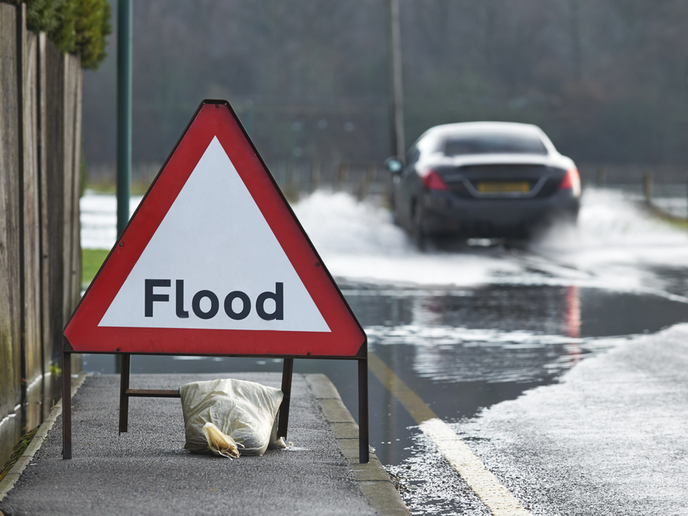Remote monitoring for more effective nature-based solutions against natural hazards
Protecting, restoring and sustainably managing natural and human-modified ecosystems are all actions that fall under the umbrella of nature-based solutions (NBSs). Such solutions are a vital part of global efforts to achieve the goals of the Paris Agreement to combat climate change. NBSs involve working with nature to tackle socio-environmental challenges such as climate change in ways that benefit both humans and biodiversity. According to the United Nations(opens in new window), research shows that NBSs “can provide over one-third of the cost-effective climate mitigation needed between now and 2030 to stabilize warming to below 2 °C.” Making the most of NBSs in mitigating destructive natural hazards and smoothing the way for their widespread uptake is therefore clearly a priority. However, to do this we need a strong knowledge base related to NBS monitoring methods. An international team of researchers tried to fill this knowledge gap by systematically reviewing the approaches widely used to monitor the performance and impact of NBSs against certain natural hazards. Their work was carried out as part of the EU-funded OPERANDUM project and received additional support from the EU-funded RECONECT project. The results(opens in new window) have been published in the journal ‘Earth-Science Reviews’. The methods reviewed included ground-based measurements and remote sensing observations used for monitoring NBS performance against five hazards: floods, droughts, heatwaves, landslides, and storm surges and coastal erosion. The team found that remote monitoring using satellites and drones could greatly enhance the ability of NBSs to protect communities from catastrophic natural hazards.
Built engineering projects versus NBSs
Structural or grey mitigation measures are engineering projects such as dams and floodgates constructed to protect people, their assets and environments from natural hazards. Built using long-lasting materials such as concrete and steel, these measures aren’t only expensive, they also lack the flexibility, sustainability and resilience needed in the face of the planet’s ongoing urbanisation and climate change. These shortcomings paved the way for NBSs as more efficient, cost-effective and sustainable measures for mitigating natural hazards. “The advancement in airborne and satellite-based remote sensing technology has signified a leap in the systematic monitoring of NBS performance, as well as provided a robust way for the spatial and temporal comparison of NBS intervention versus its absence,” the study reports. “This improved performance measurement can support the evaluation of existing uncertainty and scepticism in selecting NBS over the artificially built concrete structures or grey approaches by addressing the questions of performance precariousness.” According to Prof. Prashant Kumar of OPERANDUM project partner University of Surrey, scientists expect natural hazards to increase significantly because of climate change. “Therefore, our decisions on how we protect ourselves are crucial, and nature-based solutions have the advantages of being flexible and not adding to the damage caused to our environment. I hope that this review begins an urgent discussion on how we can move forward as a scientific community and start to develop an accepted framework for measuring the effectiveness of nature-based solutions,” observes Prof. Kumar in a news release(opens in new window) posted on the ‘EurekAlert!’ website. The study’s authors recommend that future research focuses on the operation of equipment used for ground-based, airborne and space-based observatories and/or their maintenance. The OPERANDUM (OPEn-air laboRAtories for Nature baseD solUtions to Manage environmental risks) and RECONECT (RECONECT- Regenerating ECOsystems with Nature-based solutions for hydro-meteorological risk rEduCTion) projects end in 2022 and 2024, respectively. For more information, please see: OPERANDUM project website(opens in new window) RECONECT project website(opens in new window)



